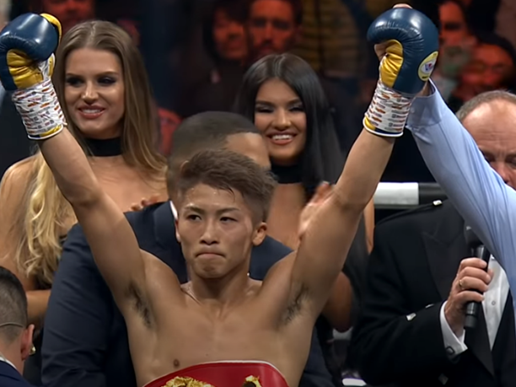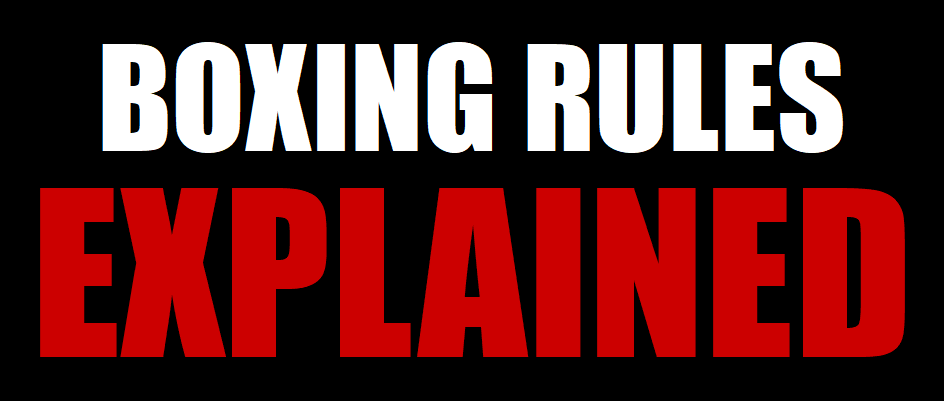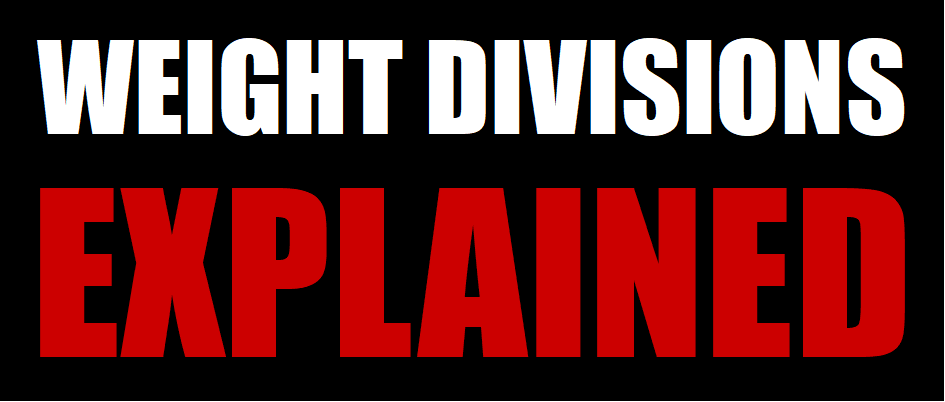A complete boxing words, terms & phrases glossary featuring every piece of lingo – here covering D, E and F. Just part of our huge Boxing FAQ.
Select a glossary section from below:
Words & Terms: D

Dancing (footwork)
When a boxer uses his footwork to cover distance, often circling the ring. This may be implemented to confuse his opponent, create unorthodox angles, showboat, or to survive the round. Muhammad Ali described his impressive footwork as “dancing”.
Decision
A result reached via the judge’s scorecards in fights that go the distance. They are generally of the Unanimous, Split, Majority or Draw variety. For a comprehensive look into the meanings of these decisions and more, see our Boxing Results Explained Guide.
Decision Appeal
A boxer may wish to appeal a bout’s result with a sanctioning body or boxing commission following a fight. For instance, he may feel that he was robbed by the judges who handed in dubious/unsatisfactory scorecards, or appeal if he feels the referee stopped the fight prematurely. Appealing boxers almost always demands a rematch.
Defense
A boxer’s efforts and tactics to evade their opponent’s attacks, either by blocking with the gloves, slipping, ducking, or stepping out of range.
Dementia Pugilistica
Or Pugilistic Parkinson’s syndrome, boxer’s syndrome. Though there is some debate surrounding its relationship to boxing, this is a neurological disorder which can affect boxers who have endured too many battles inside the ring. For example, those in which they received a high number of dazing/concussive blows and or knockdowns.
The disorder often manifests approximately 15 years after a boxer’s debut professional fight, characterized by dementia-like symptoms such as impaired memory and cognitive functions. Tremors, reduced coordination and slurred speech are also common. Muhammad Ali, a man who was no stranger to hard-fought battles, is perhaps the most famous boxer known to suffer from the disorder.
Dirty Fighting
Combat that overtly deviates from the Queensberry Rules. For example, a boxer (or both) may be deliberately holding and hitting his opponent, pushing them around the ring, or committing low blows. 2014’s Brandon Rios vs. Diego Chavez was nothing short of a ‘dirty fight’.
Disqualification (DQ)
A referee may decide to disqualify a boxer for a number of reasons, mainly because he has committed a major foul, or because he has repeatedly fouled against his opponent. You can find out more about DQs in our Boxing Results Explained Guide and about foul types in our Boxing Rules Explained Guide.
Division
Refers to a weight division/class, either in the Professional or Amateur ranks. For instance, Lightweight, Middleweight, Heavyweight. You can see a full list of divisions along with their respective weights in pounds, kilos, and stones in our Boxing Weight Classes Explained Guide.
Double-End Bag
Similar in appearance to the Speed Bag, they are suspended between two long pieces of elasticized material and bounce back-and-forth and side-to-side when struck. These are popularly used by boxers in training to improve punch accuracy, timing and defense.
Down
Simply when a boxer gets knocked down to the canvas. It could also refer to when a boxer is believed to be down on points.

Down and Out
When a boxer is knocked to the canvas and cannot beat the referee’s 10-count, leading to a knockout loss.
Draw
Though very rare, the fight is scored dead even by the judges. For example, 114, 114, 114. Far more common is a Split Draw, which nonetheless carries the same result. A Split Draw is reached when one judge scores the bout even, one scores it for Boxer A, and the other Boxer B. For a detailed list of all outcomes, see our Boxing Results Explained Guide.
Dropped
Simply refers to a knockdown or knockout. A journalist may comment that “the challenger was dropped for the last time in the 5th round before the referee waived off the contest.”
Ducking (physically)
A defensive maneuver whereby the boxer bends his knees in an effort to lower his head and avoid a punch.
Ducking (boxing politics)
A boxer (or their manager/promoter) may decide it wise to avoid an opponent they believe to be dangerous – as a subsequent loss could prove detrimental to their career and future finances. For example, an unbeaten prospect may avoid a high risk contender, or a titlist may steer clear of a rival in order to maximize their championship reign.
The business and politics of boxing is often criticized for standing in the way of great fights taking place. A notable case would be that of modern greats Manny Pacquiao and Floyd Mayweather, whose meeting blew hot and cold for several years.
Words & Terms: E
Enswell (End-swell)
An iron-like device used by a chief second or cutman to reduce a boxer’s facial swelling, usually below, above or around the eyes. The device is often chilled and applied with heavy pressure.
Evasion
Simply avoiding punches through defensive maneuvers and strategy.
Exhibition
A bout in which boxers are not typically looking to beat or hurt their opponent in the conventional prizefighting manner. Instead, they are displaying boxing technique and aesthetics for the crowd.
The term could also be referred to a situation where a boxer is dominating and outboxing his opponent with ease. In this instance, a commentator might say: “John Smith is looking very comfortable in the ring tonight – he’s putting on a real exhibition.”
Words & Terms: F

Fall Through the Ropes
Quite literally refers to the moment a boxer falls through the ropes and out of the ring following a knockdown or accidental stumble. In the event of a boxer being knocked out of the ring following a punch, they are given 20 seconds to return (unassisted). You can find a complete list of rules in our Boxing Rules Explained Guide.
Failure to Make Weight
When a boxer fails to weigh in under the imposed limit for his weight class. The boxer may have to pay a penalty fee to his opponent, be stripped of his title (if he is defending one), or be pulled from the fight completely.
Falling Short
When a boxer can’t quite land his punches; it may be said that he is ‘punching air’ due to his opponent’s effective movement and defense.
Featherweight
Any boxer campaigning at 126 lbs/57kg; the boxer must not exceed this boxing weight at the weigh-in.
Feinting
Refers to deception inside the ring. For example, a boxer may employ jerky movements to fool an opponent into expecting an imminent attack, when in fact it is a bluff. These kinds of tactics are highly effective ways to break an opponent’s rhythm and create counter-punching opportunities.
Fight Card
The fights billed on a promoter’s card. For example, three early bouts featuring prospects, one European title fight, followed by a world title bout in the main event.
Fight Record
A boxer’s official record, either Amateur or Professional; wins, knockouts, losses, draws and no contests are included.
Fighting the Referee
Not usually meant in the literal sense! This refers to a bout where a boxer seemingly can’t perform as well as hoped due to the referee interrupting the action or appearing biased.
For example, a boxer may comment “I had to fight the referee as well tonight – every time I tried to work inside, he kept issuing a break.” Ricky Hatton made a similar comment following his 2007 bout with Floyd Mayweather.
Fixed
Refers to a bout ending in a highly suspicious manner. For example, the legitimacy of a knockout or decision may have been disputed – particularly one that favors the hometown or most lucrative boxer.
Flash Knockdown
Refers to the moment a boxer is knocked down but isn’t significantly hurt. It may have also been due to the boxer being off balance. Generally, he will get up quickly and show no signs of concussion or unsteadiness.
Floor/Deck
Another name for the canvas of a ring.
Flyweight
A boxer who fights at 112 lbs/51kg; he must not exceed this weight at the bout’s weigh-in. See more on fighting weights in our Boxing Weight Classes Guide.
Focus Mitts
Refers to padded targets attached to gloves worn by a trainer. In addition to running punching drills, a trainer may use the mitts to train a boxer to slip, bob and weave to simulate a real opponent’s varied attack.
Footwork
Refers to a boxer’s movement through his feet. For example, their ability, good or bad, to create opportunities for offense and also defense through pivots and edging in and out of punching range. Boxers like Vasyl Lomachenko, Naoya Inoue and Manny Pacquiao are considered to have great footwork.
Foul
When a boxer commits an infringement of the rules, such as an intentional head-butt or low blow. The referee may issue a warning, deduct a point, or even disqualify the offending boxer. For a list of fouls, see our Boxing Rules Explained Guide.
Free TV
Any bout which features on a TV or streaming network outside of a Pay Per View or satellite subscription service.
Fringe Contender
A boxer who, while a capable enough fighter, isn’t considered to be a ‘true contender’ who can compete effectively against a top contender or champion.
Select a glossary section from below:
Return to Boxing FAQ?






